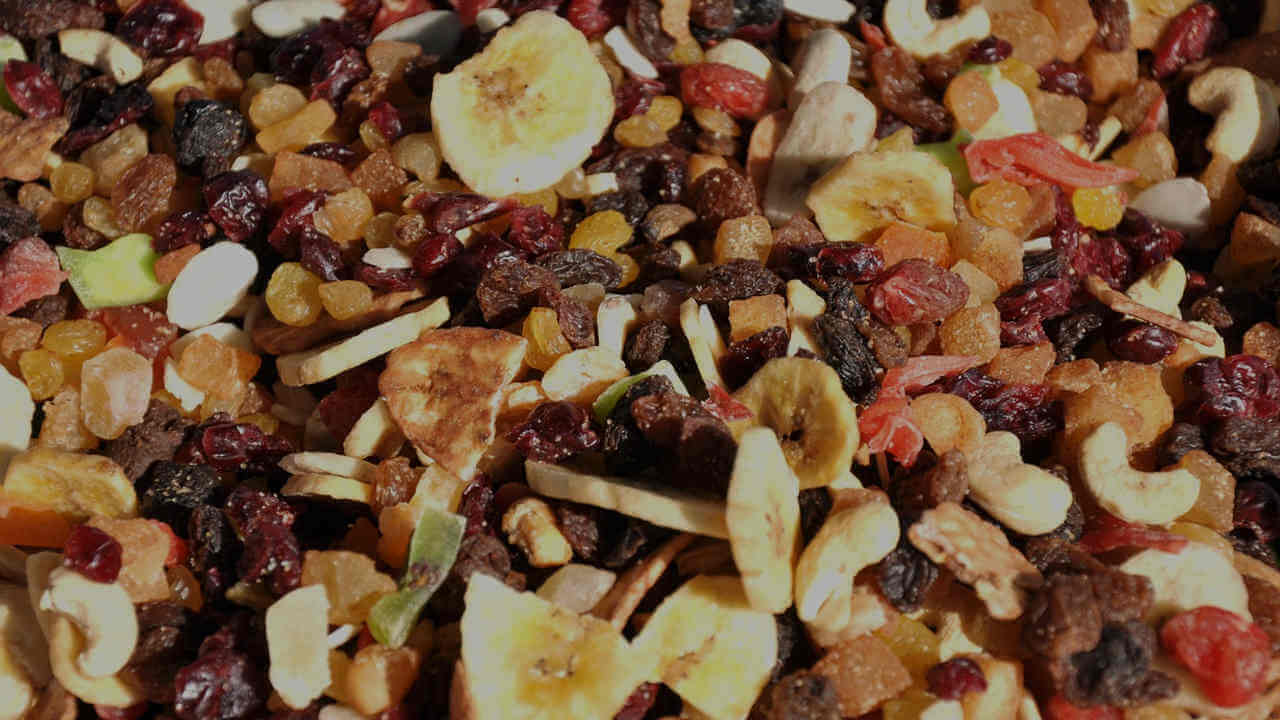Tu BiShvat
YomTov, Vol. II, # 26
Tu B’Shvat – The Importance of Trees
by Rabbi Yehudah Prero
There are varied customs regarding eating fruit on Tu B’Shvat. Some have the custom to eat the fruits that grow in the land of Israel, while others have a custom to eat 15 different types of fruits. Regardless of which custom one observes, one must not lose focus of what the day is: the new year for trees.
In Vayikra (13:45), we find how one who is afflicted with tzora’as (commonly translated as leprosy) is treated. The verse says “And the leper, upon whom the affliction is, his clothes should be torn, his head should be unkempt, and he should be veiled down until his upper lip, and the words ‘Impure, impure’ he should cry.”
What is the point of the leper crying out the words “Impure, impure?” Rashi explains that the leper is alerting all those near him that he is impure, so they can stay away from him and not become impure themselves. The Gemora in Shabbos (67a) presents an additional reason for the announcement of “Impure, impure” by the leper. When people hear the leper’s cry, the Gemora tells us, they will understand that he is in pain. Once the masses hear that the leper is in pain and suffering from his affliction, they will pray for his cure. By announcing to the public that he is impure, the leper is putting out a call for prayer, one which he knows his brothers and sisters will answer. These prayers, the leper hopes, will result in the speedy end of his affliction.
At this point, you may be wondering what leprosy has to do with trees and Tu B’ Shvat. The Gemora in Shabbos explains that the behavior we see by the leper explains a practice that the Gemora discusses as well. The Gemora, when discussing cures for ailments, writes that “a tree that loses its fruits before they ripen should be dyed with a red paint.” What is the point of dying the tree with red paint? How does the red paint prevent the tree from losing its fruits before they ripen? The point of painting the tree red, the Gemora explains, is the same as the leper calling out that he is impure. When people will pass by and see a red tree, they will know that they are seeing a tree that is not producing fruits properly and is not thriving. As soon as they become aware of this situation, they will pray that the tree should be cured of whatever affliction is causing it to lose its fruit.
This Gemora teaches us how we are to value our trees. The Gemora does not it is praiseworthy to pray for the welfare of trees. It does not say that praying for the health of trees is a preferred practice. It says that the red paint is there so that people will see the tree and will pray for the tree. It presumes that people will most definitely pray for the tree the same way people will pray for one of their brethren who is a leper. The health of our trees is vital, and the Gemora lets us know how vital: we take active measures to assure that people will be aware of the predicament of the tree and pray for it!
On this Tu B’Shvat, before we munch on figs, dates, carob, or whatever fruit we eat, we should remember the importance of our trees. We should make the blessing on the fruit a little more meaningful, thanking G-d for the gift of fruit from the trees wholeheartedly. We should remember on this day that our trees are an asset. This year should be a fruitful year, for trees and people alike!
Check out all of the posts on Tu B’Shvat. Head over to http://www.torah.org/learning/yomtov/ to access the YomTov Page. Then click on the icon for the holiday of your choice.
For questions, comments, and topic requests, please write to Rabbi Yehudah Prero.


